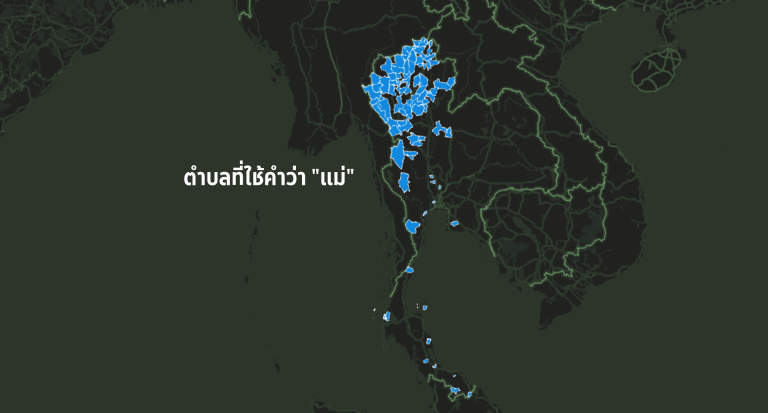Environment and Natural Resources Journal
Vol. 19 No. 6 (2021): Nov-Dec
Worawit Suppawimut
Abstract
Floods are one of the most devastating natural hazards, causing deaths, economic losses, and destruction of property. Flood susceptibility maps are an essential tool for flood mitigation and preparedness planning. This study mapped flood susceptibility using statistical index (SI) and weighting factor (WF) models in San Pa Tong District, Chiang Mai Province, Thailand. The conditioning factors used to perform flood susceptibility mapping were elevation, slope, aspect, curvature, topographic wetness index, stream power index, rainfall, distance from rivers, stream density, soil drainage, land use, and road density. The flood data were randomly classified as training data for mapping (70% of data) and testing data for model validation (30% of data). The results revealed that the SI and WF models classified 49.49% and 51.74% of the study area, respectively, as very highly susceptible to flooding. In the WF model, the factors with the greatest influence were land use, soil drainage, and elevation. The validation of the models using the area under the curve revealed that the success rates of the SI and WF models were 91.80% and 93.06%, while the prediction rates were 92.05% and 93.52%, respectively. The results from this study can be useful for local authorities in San Pa Tong District for flood preparedness and mitigation.
Download
http://dx.doi.org/10.32526/ennrj/19/2021003
https://ph02.tci-thaijo.org/index.php/ennrj/article/view/242895

